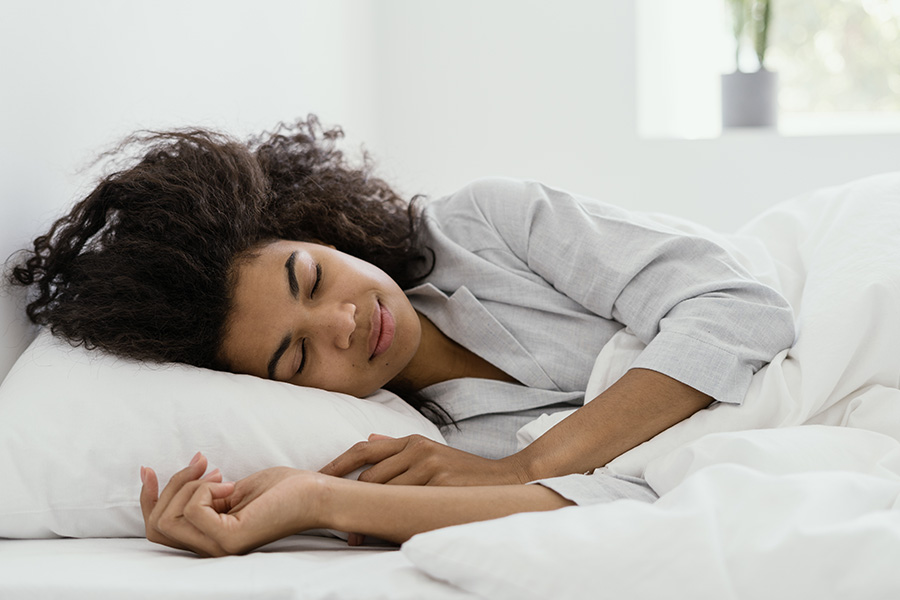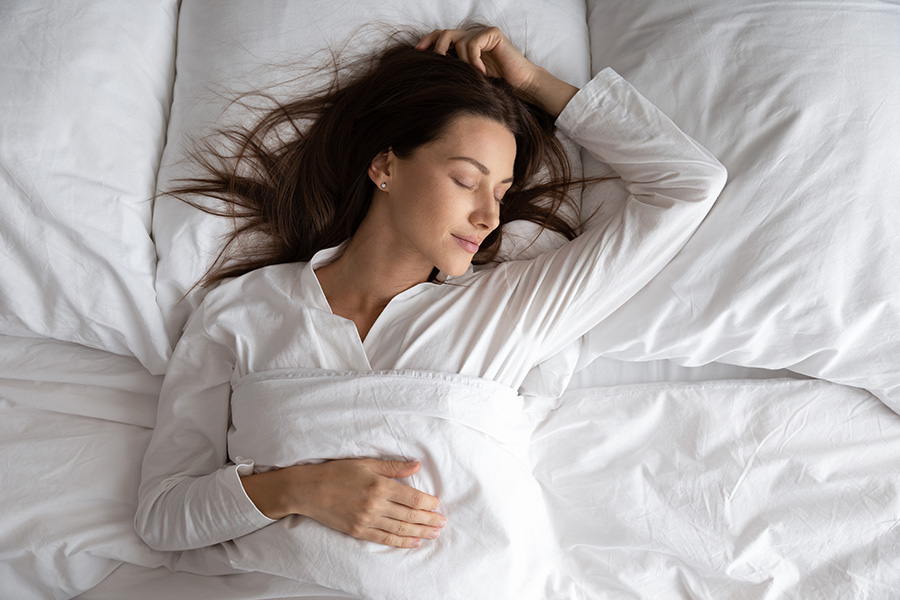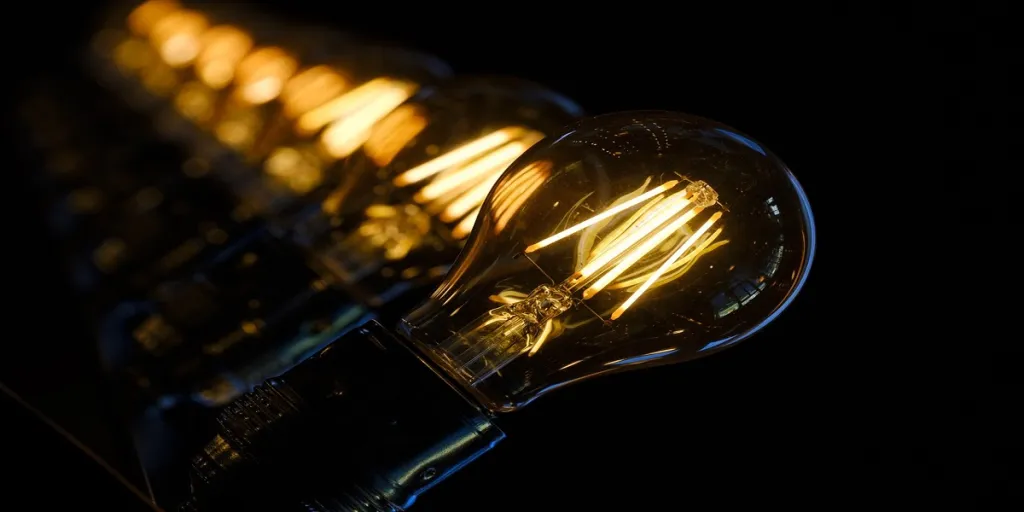Looking for a new mattress? You’ve come to the right place! This article will explain the different types of mattresses and their advantages and disadvantages, helping you choose the perfect mattress.
Many people seem to think that mattresses are simple products. weourSome people may even think that all mattresses are the same. However, it’s more than just a piece of foam to lie on. Under the cover, a mattress can be made of many different designs and materials.
This internal structure of a mattress is the most important factor that affects how it feels and how long it will last. These internal fillings define the main types of mattresses. Although not all mattresses of the same type have the same function, there are common features that can be derived from the way the mattress is constructed.
No mattress is perfect for everyone. Every sleeper has their own set of preferences and sleeping habits. Therefore, understanding the differences between the different types of mattresses can help you choose one that will give you a perfect night’s rest.
Eight common types of mattresses you should know
1. Memory foam mattresses

Memory foam is a popular choice because it gradually conforms to the shape of your body when you sleep. For example, if you are used to sleeping on your side, memory foam is a good choice as it provides excellent support for your shoulders and hips. The memory foam adjusts to your body shape and sleeping position, allowing you to “sink” into the mattress.
Another benefit of memory foam mattresses is that they contain multiple layers of foam to prevent sagging, especially in the middle where this is most common. This helps extend the lifetime of the mattress.
2. Gel mattresses
Gel mattresses are made from a gel-infused type of memory foam. In a gel mattress, the gel is added to the inner foam, which makes it feel similar to memory foam but slightly different. In addition, gel mattresses can dissipate heat more efficiently than memory foam. If you like how memory foam feels but don’t like the way it absorbs body heat, gel mattresses may be the right choice for you.
3. Pillow top mattresses

Pillow top mattresses are mattresses with which a “pillow topper” is permanently stitched or glued on top of. The pillow topper provides an extra layer of comfort to the mattress that is very soft and supple, providing a sinking sensation similar to memory foam. It allows your hips and shoulders to sink into the pillow topper and keeps your back in comfortable alignment, which can be ideal for side sleepers.
Pillow top mattresses come in different levels of softness and are usually built with spring or coil mattresses.
4. Innerspring mattresses
Innerspring mattresses (also called coil mattresses) contain metal springs inside the mattress for support. The quality of a spring mattress can be measured by the number of coils in the design. The more coils, the more support the mattress has and the sturdier it feels. The number and distribution of coils determine how closely the mattress reacts to your body.
Innerspring beds may also have different spring shapes and coil specifications, which affect the overall quality of the mattress. This type of mattress is suitable for all types of sleepers, whether you like to sleep on your back, side, or face down.
5. Water bed mattresses

A water bed mattress uses water as its main support system. Typically made of vinyl, a water bed contains a rectangular water chamber filled with bedding materials such as foam or fibers. Some types of water beds contain a free-flow chamber or a “waveless” chamber, which has limited flow. In free flow, the water moves from one end of the mattress to the other without any obstacles. In a waveless water bed, fibers restrict the movement of water.
Originally created in the medical field for patients suffering from bedsores, the water bed mattress is known for its ability to relieve pressure on the body. This makes it ideal for people who like to sleep on their back.
6. Air bed mattresses
Similar to a water bed mattress, the air bed mattress uses an air-filled chamber as its main support system. The air chamber is filled with foam or fiber and is also adjustable. As it is primarily filled with air, you can adjust the air pressure of the mattress to determine how rigid or loose it feels.
Some mattresses allow you to individually adjust each side of the mattress. This makes it suitable for back sleepers and couples who have varying sleeping preferences.
7. Adjustable base mattresses
An adjustable base mattress works just like how it sounds. It allows you to adjust the height of different areas or “bases” of the bed, providing relief and support wherever you need it. This makes it one of the most flexible mattress types, but also requires an adjustable bed frame to go with it.
You can adjust the base of your bed and mattress according to your needs. You can raise your head, your feet, or tweak the middle for more back support. This type of mattress can be used to solve sleep-related problems such as muscle soreness, back pain, acid reflux, heartburn, sleep apnea, etc.
8. Hybrid mattresses
Hybrid mattresses are a combination of foam mattresses and innerspring mattresses. This gives you the support and bounce of an innerspring mattress, as well as the comfort and softness of latex or memory foam at the same time. If you want flexibility and stress relief, and want to stay cool all night, a mattress with coils on the bottom and memory foam on the top might be the best choice for you.
There are various types of mattresses to choose from, each with distinct features that can be perfect for different sleepers. The most important thing to consider is what makes you most comfortable.
Source from sweetnight.com




